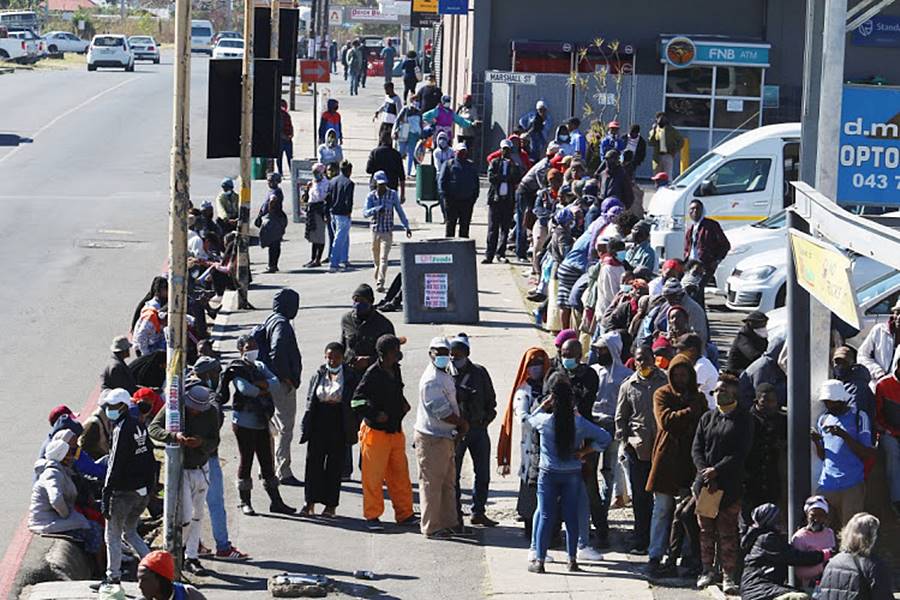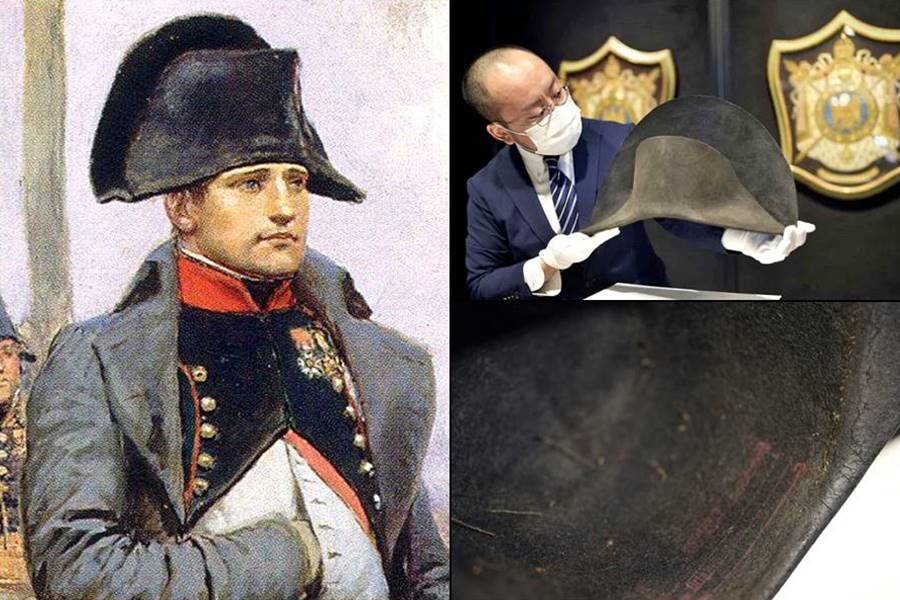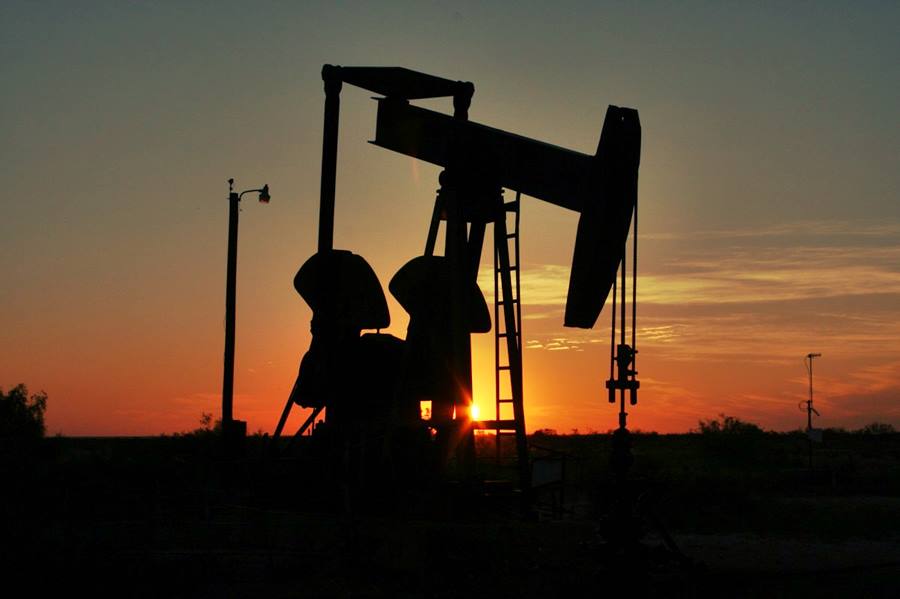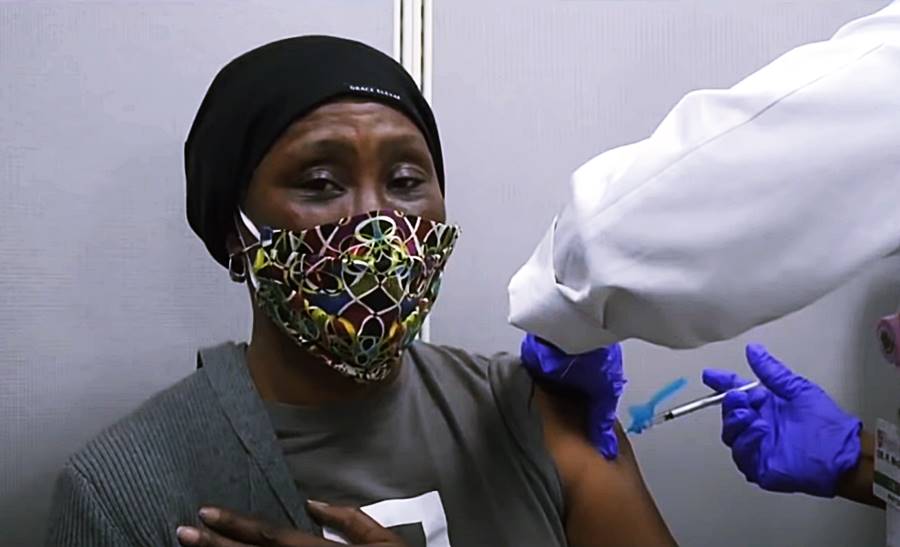Tue 09 March 2021:
The South African economy contracted by 7% in 2020, Statistician-General, Risenga Maluleke, has revealed.
Maluleke on Tuesday briefed media on the results of the Gross Domestic Product (GDP) for the fourth quarter of 2020. The decrease was despite the economy growing by 1.5% in the last three months of the year, giving an annualised growth rate of 6.3%.
However, Maluleke said, the positive growth recorded in the third and fourth quarters was not enough to offset the devastating impact of COVID-19 in the second quarter, when lockdown restrictions were at their most stringent.
“Economic activity for the entire year decreased by 7% in 2020 compared with 2019. If we explore the historical data, this is the biggest annual fall in economic activity the country has seen since at least 1946.”
The second biggest fall was recorded in 1992 when the economy contracted by 2.1%. At that time, the country was struggling through a two-year recession, mainly the result of a global economic downturn. During the 2008/09 global financial crisis, the economy shrank by 1.5% in 2009.
In the last three months of 2020, the manufacturing industry increased at a rate of 21.1% during this period, contributing 2.4 percentage points to GDP growth.
The annual real GDP growth rate of -7% in 2020 was primarily led by decreases in manufacturing, which contributed -1.4 percentage points, based on growth of -11.6%; trade, catering and accommodation, which contributed -1.3 percentage points, based on growth of -9.1%, and transport, storage and communication, which contributed -1.3 percentage points, based on growth of -14.8%.
The agriculture, forestry and fishing industry increased by 13.1% in 2020, and general government increased by 0.7% in 2020.
Expenditure on GDP in 2020 decreased by 7.1% in 2020, following an increase of 0.1% in 2019. Household final consumption expenditure (HFCE) decreased by 5.4% and contributed -3.4 percentage points.
Maluleke said the main negative contributors to growth of -5.4% in HFCE were expenditure on transport (-10.6% and contributing -1.5 percentage points); clothing and footwear (-21.0% and contributing -1.2 percentage points), restaurants and hotels (-41.8% and contributing -1.1 percentage points), and alcoholic beverages, tobacco and narcotics (-16.9% and contributing -0.8 of a percentage point).
Stats SA said the gross fixed capital formation decreased by 17.5%, contributing -3.4 percentage points to total growth, and changes in inventories contributed -2,6 percentage points to total growth.

Net exports contributed 2.1 percentage points to growth in expenditure on GDP.
“Nine of the 10 manufacturing divisions reported positive growth rates in the fourth quarter. The four divisions with the largest contributions to the increase were food and beverages; motor vehicles, parts and accessories and other transport equipment; basic iron and steel, non-ferrous metal products, metal products and machinery; and wood and wood products, paper, publishing and printing,” said Stats SA.
The trade, catering and accommodation industry increased at a rate of 9.8%, contributing 1.3 percentage points to GDP growth.
Increased economic activity was reported for retail trade, motor trade, catering and accommodation. The transport, storage and communication industry increased at a rate of 6.7%, contributing 0.5 of a percentage point to GDP growth.
Maluleke said increased economic activity was reported for land and air transport and communication services.
“The construction industry increased at a rate of 11.2% in the fourth quarter. Increased production was reported for residential buildings, non-residential buildings and construction works. The personal services industry increased at a rate of 4.8% in the fourth quarter; increased economic activities were reported for community and other producers.
“The agriculture, forestry and fishing industry increased at a rate of 5.9% in the fourth quarter. The increase was mainly due to increased production of animal products.”
The Statistician-General said expenditure on real gross domestic product increased at an annualised rate of 6.5% in the fourth quarter of 2020. –
SAnews.gov.za
FOLLOW INDEPENDENT PRESS:
TWITTER (CLICK HERE)
https://twitter.com/IpIndependent
FACEBOOK (CLICK HERE)
https://web.facebook.com/ipindependent
Think your friends would be interested? Share this story!




















